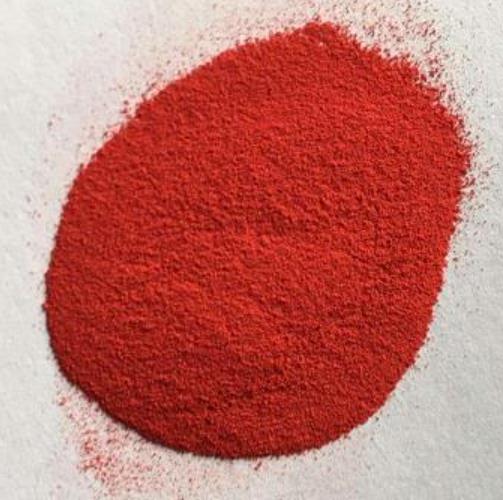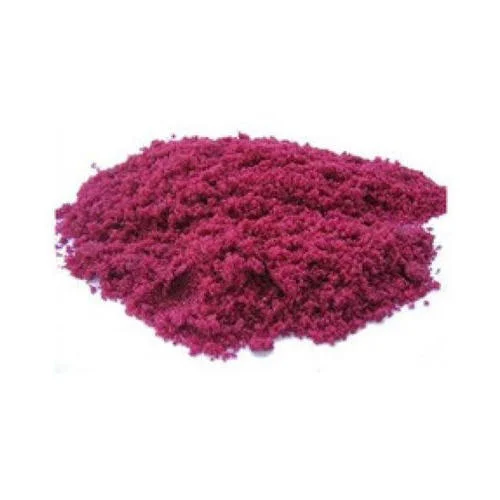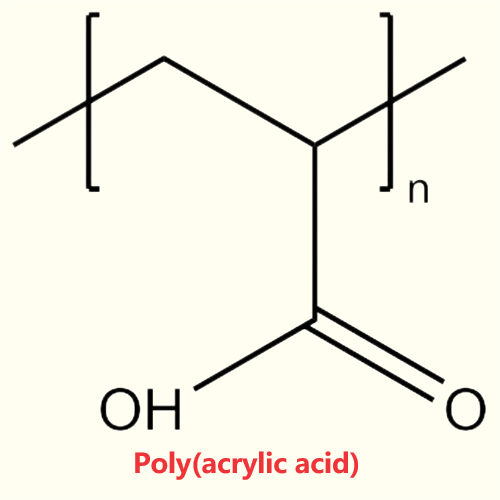Active Pharmaceutical Ingredients (API), popularly speaking, are the raw materials of medicines, only pharmaceutical raw materials are processed into pharmaceutical preparations , can they become medicines available for clinical use, so drugs we usually eat are the finished drugs through processing. Active Pharmaceutical Ingredients based on its sources can be divided into two major categories ,including chemical synthetic drugs and natural chemical drugs. Chemical synthetic drugs can be divided into organic synthetic drugs and inorganic synthetic drugs. Inorganic synthetic drugs are inorganic compounds ( very few is element), such as aluminum hydroxide, magnesium trisilicate which are used for the treatment of gastric and duodenal ulcers ; organic synthetic drugs are mainly composed of drugs made by basic organic chemical raw materials, through a series of organic chemical reactions (such as aspirin, chloramphenicol, caffeine, etc.). Natural chemical drugs ,based on its sources,can be divided into two categories including biochemical drugs and plant chemical drugs. Antibiotics are generally made by the microbial fermentation, which belongs to the biochemistry category. A variety of semi-synthetic antibiotics occurs in recent years,which are biosynthesis and chemical synthesis combining products.Among active Pharmaceutical Ingredients, the organic synthetic drugs varieties, yields and values have the largest proportion,which are the main pillars of the chemical and pharmaceutical industries. The quality of active Pharmaceutical Ingredients decides whether the formulation is good or bad , so its quality standards are very strict ,countries in the world have developed national pharmacopoeia standards and strict quality control methods for its widely used active Pharmaceutical ingredients.
FMoc-Val-Cit-PAB: Applications of FMoc-Val-Cit-PAB in Antibody-Drug Conjugates and Its Synthesis Method
FMoc-Val-Cit-PAB is a peptide conjugate with Val-Cit linker and PAB moiety, enhancing ADC stability and cytotoxicity in targeted drug delivery, especially in cancer therapy.
Apr 22,2024 APIUnveiling the Potential of 2,7-Dihydroxy-9-fluorenone: A Multifaceted Compound in Modern Chemistry
2,7-Dihydroxy-9-fluorenone's journey from an obscure molecular entity to a compound of interest illustrates the evolving landscape of chemical research.
Apr 22,2024 API7-Bromo-4-chloro-3-nitroquinoline: Pharmaceutical Synthesis Applications and Synthesis Method
7-Bromo-4-chloro-3-nitroquinoline, pivotal in pharmaceutical synthesis, yields derivatives with TNF-α inhibitory effects, holding promise for treating cancer, pain, and viral infections.
Apr 22,2024 APIBulevirtide: Pharmacodynamics, Pharmacokinetics and Adverse Events
Bulevirtide, effective against HBV and HDV, exhibits manageable adverse events, including increased bile salts. Close monitoring is needed for drug interactions.
Apr 22,2024 APIWhat is 1,1'-Carbonyldiimidazole used for?
1,1'-Carbonyldiimidazole (CDI) is a versatile reagent with a wide range of applications in organic synthesis and various other fields.
Apr 19,2024 APIReactions and Applications of Oxalyl Chloride
Oxalyl chloride has found general application for the preparation of carboxylic acid chlorides since the reagent was introduced by Adams and Ulich.
Apr 19,2024 APIWhat is Cobalt chloride hexahydrate?
CoCl2-6H2O can be used as reaction catalyst, paint drying agent, ammonia absorber, neutral dyes, desiccant, ceramic colouring agent, feed additives and so on.
Apr 19,2024 APIApplication of Poly(acrylic acid)
Poly(acrylic acid) (PAA) is a high molecular weight polymer with good water solubility made by polymerisation of acrylic monomers.
Apr 19,2024 APIExploring the Chemical Intricacies and Applications of 1-PHENYL-2-PROPANOL
1-PHENYL-2-PROPANOL, a compound with a distinctive chemical structure, is not merely a molecule but a cornerstone in the realm of organic chemistry.
Apr 19,2024 APIMaytansine: Unveiling the Potential of a Plant-Derived Compound in Targeted Cancer Therapy
Maytansine is a potent plant-derived compound that has sparked interest in the scientific community since its discovery in 1972.
Apr 19,2024 API












